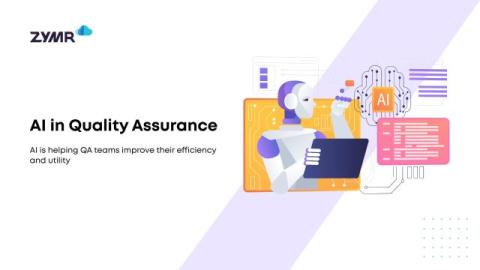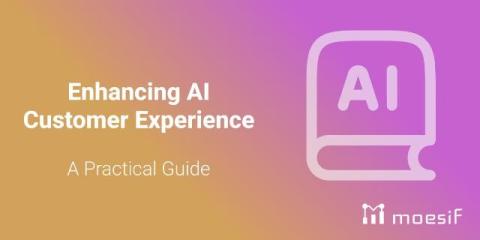AI in Quality Assurance: How AI is Transforming Future of Quality Assurance
John McCarthy, an American computer scientist, stated this belief more than 40 years ago. Surely, his commitment to understanding the human mental process led him to ideate one of the most revolutionary ideas in computer science—artificial Intelligence (AI). Since then, AI has helped us develop software, utilize it to streamline our business offerings and maintain another essential aspect of digital ecosystems—quality assurance.











